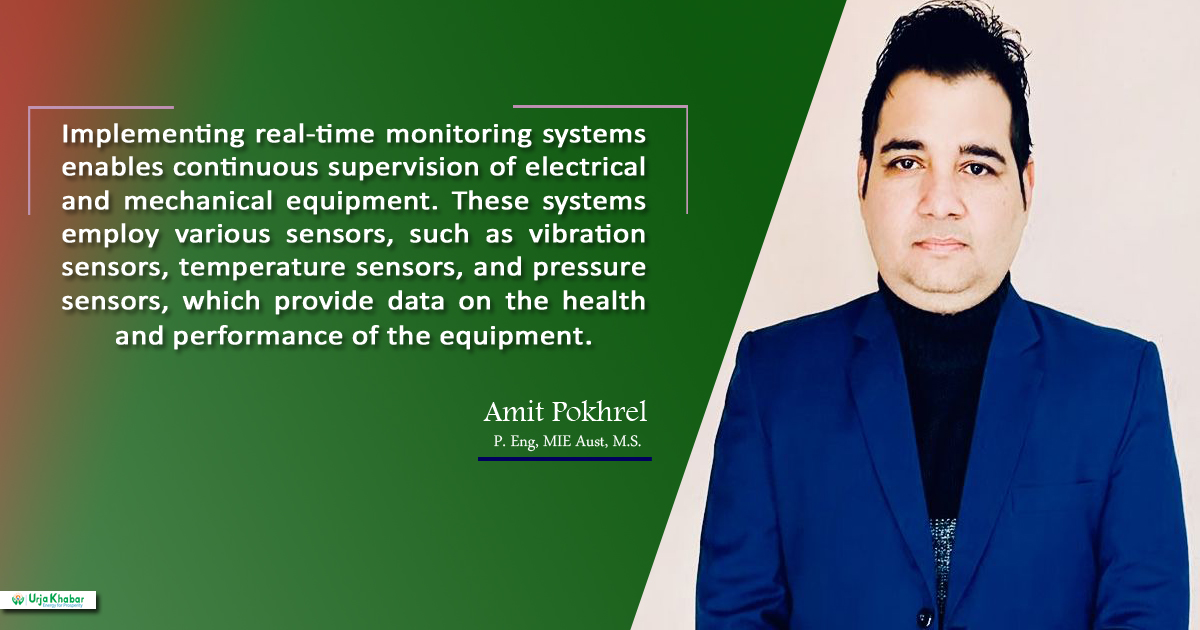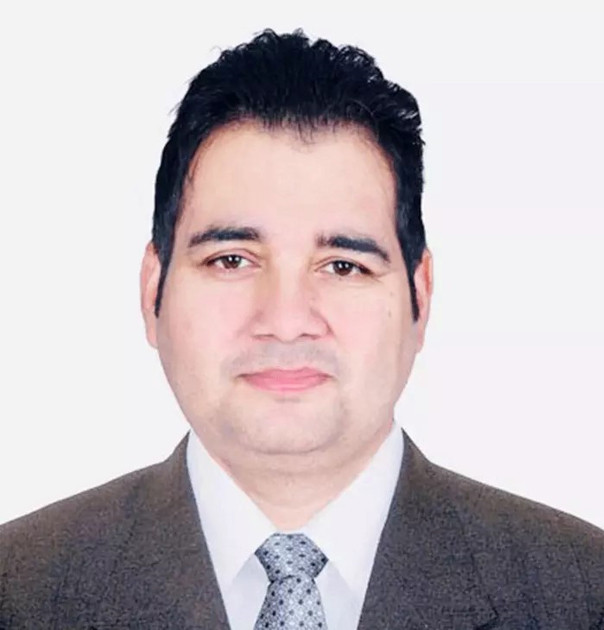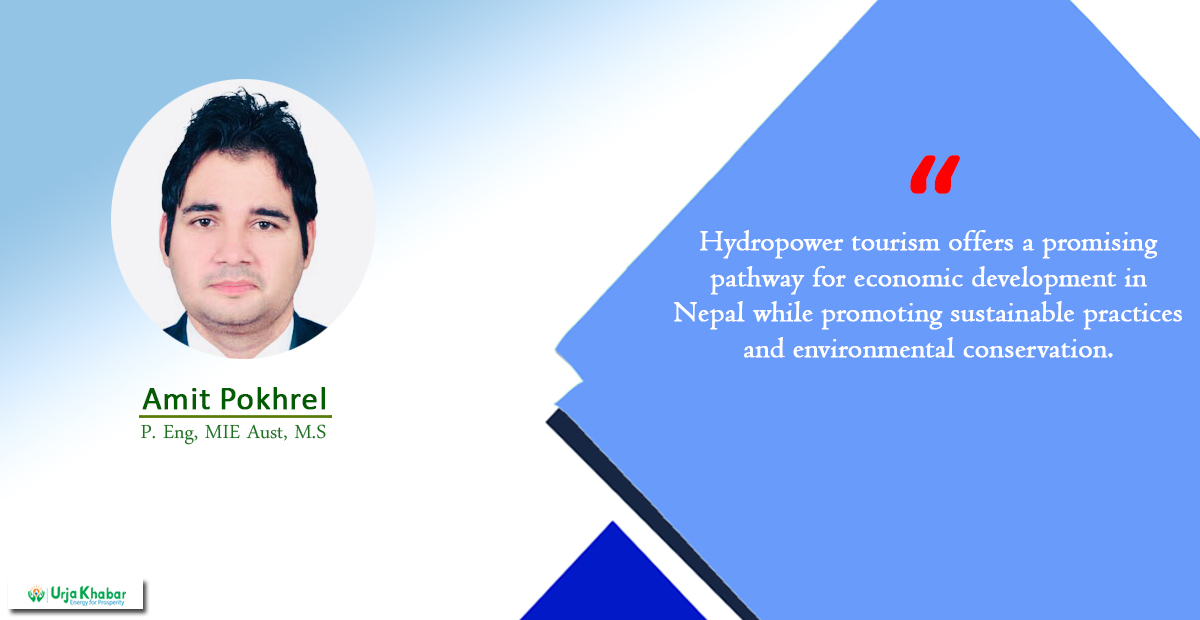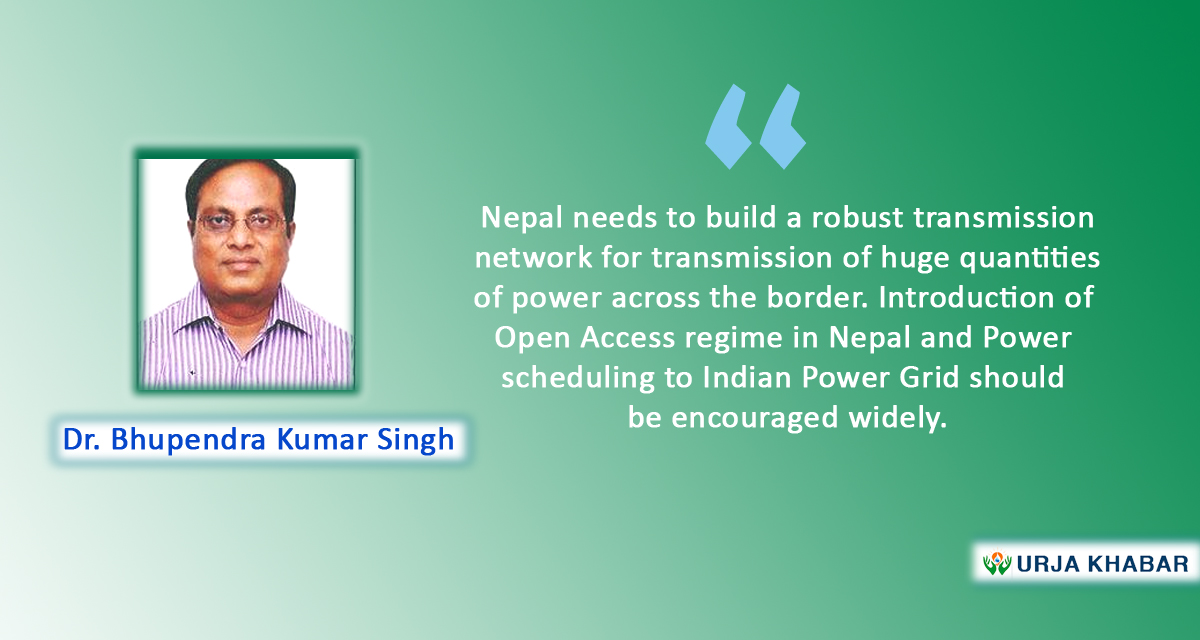Energy Update
Supervision and Monitoring of Electrical & Mechanical Equipment for a Hydropower Project

Hydropower projects play a vital role in providing clean and sustainable energy. One of the key aspects of ensuring smooth operations and preventing any unforeseen issues is the effective supervision and monitoring of electrical and mechanical equipment during the construction and development of the project. The project and the expertise team are responsible for paying attention to every situation that can lead to overspend due to inadequate supervision by the site team.
In this article, I will forecast into the importance of supervision and monitoring in hydropower projects, the challenges faced, and the solutions that can be implemented. This article will also discuss the significance of supervision and monitoring for hydropower projects and the challenges and solutions that can be achieved. It is a pleasure to write on such a great topic as I have progressed as a Contract's Manager for Upper Tamakoshi hydropower project 456 MW representing from Andritz Hydro GmbH, where I have the chance to lead the planning activities for project management and contract management activities for successful execution of the Work at the project sites respectively.

Site supervision and monitoring is the crucial tasks to ensure all the engineering standard practices are followed and the work methodology and standards are enforced. Site supervision and monitoring plays a vital role in effectively managing project progress defined in the scope and objectives of the Services.
Good supervision with mutual respect and trust between supervisors and the workers is believed to be able to create a highly productive and efficient working environment which can lead to enhanced service delivery of the project work. Well-trained site supervisors guarantee the materials, equipment, and system used are of good quality and conform to the standards. Moreover, continuous monitoring of work progress and quality of work can ensure that the efforts made by project team meet the desired quality.
The Importance of Supervision and Monitoring

Supervision and monitoring of electrical and mechanical equipment in a hydropower project are crucial to ensure efficient operations. Regular inspections and assessments of machinery are essential to identify potential faults or failures that could lead to downtime or reduced performance. Failure of crucial equipment in a hydropower project can have severe consequences, both in terms of safety and financial losses. Proper supervision and monitoring help in detecting signs of wear and tear, allowing for timely maintenance and replacement, thus minimizing the risk of catastrophic failures.
Regardless of the scale of the project site, site supervision and monitoring are a highly complex task that requires extensive knowledge and skills. The ultimate goal of the project team should focus on the services rather the challenges the hydropower project faced during the period is the delay caused by the unforeseen activities that can overrun the project.
The skilled site team play a significant role in helping the project stay on budget, reduce risks, and increase efficiency and productivity. It is the team who need to understand the importance of supervising that must be geared toward ensuring high quality work without delay and neglecting the terms and conditions assured for the service delivery of the project.
When construction and development works are supervised and monitored in compliance with contractual and legal requirements, it is believed that the errors can be averted before they could lead failure of the project. Therefore, it is the utmost important that every activity shall be monitored seriously to timely completion of the project.
Challenges Faced in Supervision and Monitoring
Hydropower projects are often located in remote areas with limited accessibility. This poses challenges in terms of deploying monitoring systems and ensuring regular supervision. Innovative solutions such as satellite-based monitoring systems can help overcome these hurdles. The equipment used in hydropower projects is subjected to harsh environmental conditions such as extreme temperatures, humidity, and corrosive elements. These conditions can accelerate the deterioration of equipment, making regular supervision and monitoring even more crucial.
Solutions for Effective Supervision and Monitoring
Implementing real-time monitoring systems enables continuous supervision of electrical and mechanical equipment. These systems employ various sensors, such as vibration sensors, temperature sensors, and pressure sensors, which provide data on the health and performance of the equipment. Any deviations from normal operating conditions can be promptly identified, and appropriate actions can be taken.
To overcome the challenges posed by remote locations, remote monitoring and control systems can be employed. These systems allow for the monitoring of equipment from a centralized control room, eliminating the need for physical presence at the site. This not only improves efficiency but also reduces costs associated with travel and on-site inspections.
Implementing predictive maintenance techniques can significantly enhance the supervision and monitoring of equipment. By analyzing real-time data collected from sensors, machine learning algorithms can predict equipment failures before they occur. This allows for proactive maintenance, minimizing downtime and maximizing equipment lifespan.
Supervision and monitoring of electrical and mechanical equipment are crucial for the successful operation of hydropower projects. The importance of efficient operations and prevention of catastrophic failures cannot be understated. Despite the challenges posed by remote locations and harsh environmental conditions, innovative solutions such as real-time monitoring systems, remote monitoring and control, and predictive maintenance can ensure smooth operations and optimal performance. By embracing these technologies and strategies, hydropower project operators can maximize the efficiency, durability, and sustainability of their projects.
Reference
• Microsoft Word - Volume I Main Report.doc (doed.gov.np)
• untitled (jica.go.jp)
• Kavaken - Blog: Hydropower part II: condition monitoring and predictive maintenance
• Microsoft Word - Hydro Article for review 8.deepak.DOC (nrb.org.np)
• guidelines-for-study-of-hydropower-projects-2018.pdf (doed.gov.np)
• 12024881_01.pdf (jica.go.jp)
• Environmental Monitoring Report - A Roang Hydropower Project (adb.org)
• Handbook-for-Practitioners-and-Decision-Makers.pdf (worldbank.org)
• (PDF) Automatic generation control and monitoring the mechanism of micro hydro power plant with impulse turbine and synchronous generator (researchgate.net)
• Hydropower_Brochure_EN_210302_150.pdf (afry.com)
• P6_UNITS 003-6.pdf (unido.org)
• (PDF) Measurements for Condition Monitoring of Hydropower plants: A Review (researchgate.net)
• info_iec61850-7-410{ed1.0} en.pdf
• HYDRO POWER PLANT » iEngineering
• Microsoft Word - Forside.HyP.doc (ntnu.no)
(The Author of this article works as a Senior Contract & Commercial Expert in the Energy Business of Golyan Group, Kathmandu, Nepal)
Conversation
- Info. Dept. Reg. No. : 254/073/74
- Telephone : +977-1-5321303
- Email : [email protected]














